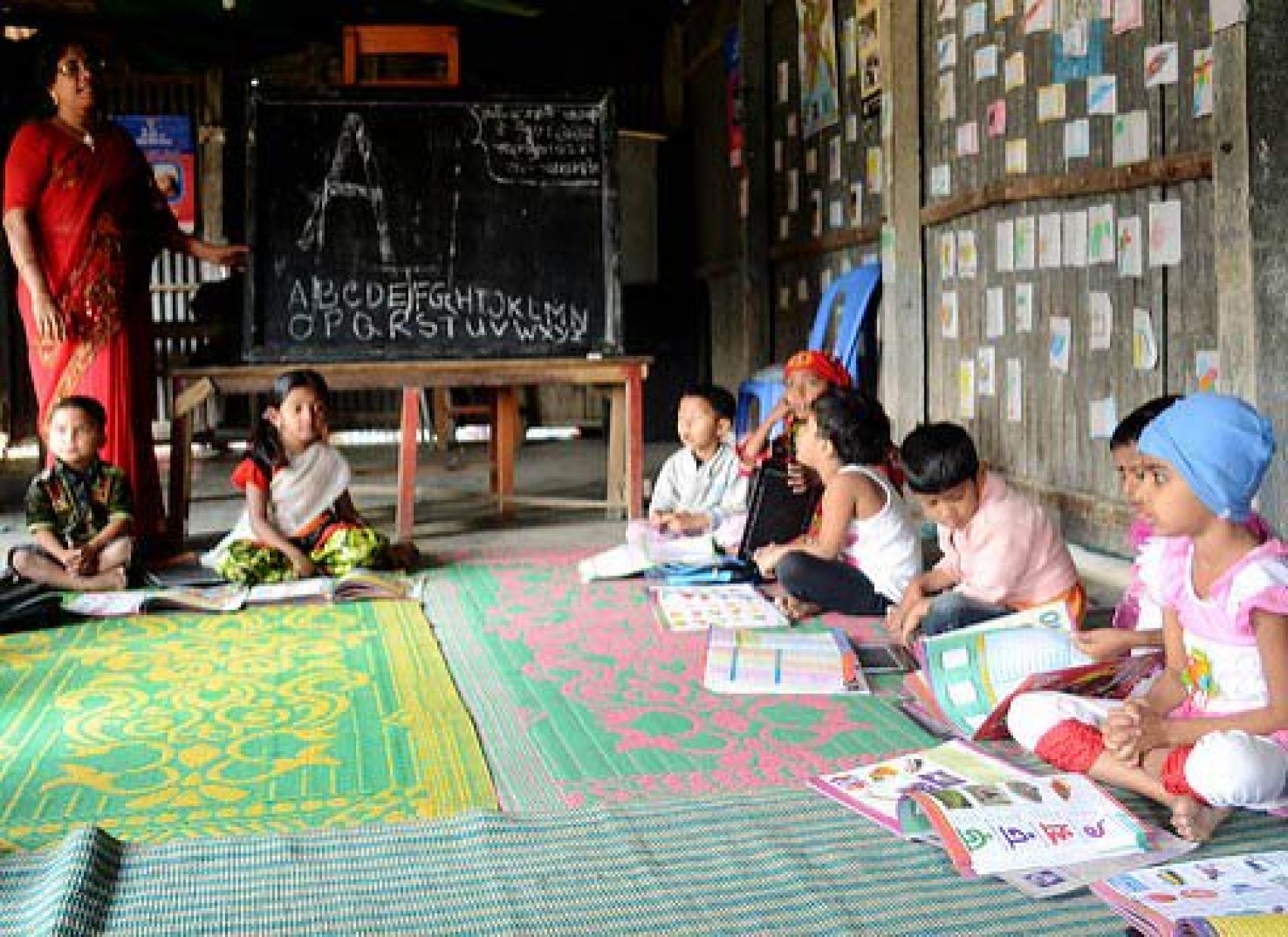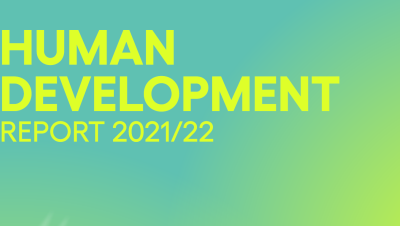To most people, “development” is best measured by the quantity of change – like gains in average income, life expectancy, or years spent in school. The Human Development Index (HDI), a composite measure of national progress that my office at the United Nations Development Programme oversees, combines all three statistics to rank countries relative to one another.
What many do not realize, however, is that such metrics, while useful, do not tell the entire story of development. In fact, to understand how developed a country is, we must also grasp how people’s lives are affected by progress. And to understand that, we must consider the quality of the change that is being reported.
When statisticians compare countries, they require commensurate data. To compare school attendance, for example, researchers would count the number of registered students in each country, relative to all school-age children (although even this can be a challenge in many developing countries, where record keeping is not always standardized).
But to gauge the relative quality of a country’s education system, researchers would want to determine whether students are actually learning. For those numbers, statisticians would need to test students across a range of subjects, a project that is far more ambitious than simply taking attendance.
Statisticians have always recognized that comparing quantities is far easier than comparing quality. But, because existing measures are all we have, the weaknesses are often overlooked when ranking relative gains or making policies, even though “progress” according to a given indicator is not necessarily genuine. If the world is ever to reach parity in development, we must change how we gauge and catalogue the quality of policy initiatives.
Consider the statistics measured by the HDI – life expectancy, education, and per capita income. Life expectancy statistics suggest that the world is getting healthier, and data show that people are living longer than ever before; since 1990, average life expectancy has increased by around six years. But the increase in quality of life has not been as dramatic. Those extra years are often accompanied by illness and disability – such as dementia, which the World Health Organization now estimates affects 47.5 million people worldwide.
While life expectancy can be calculated based on birth and death records, indices that measure quality of life, like the WHO’s disability-adjusted life year estimates, require considerable amounts of information on a wide range of illnesses and disabilities in every country. And, unfortunately, the difficulty of gathering such data means that many life-quality datasets are incomplete or infrequently compiled.
It’s a similarly mixed picture for education. The world is no doubt making progress in extending access to schools, with more children are enrolled and attending than ever before. But how do we measure the gaps in educational quality? Some 250 million children worldwide do not learn basic skills, even though half of them have spent at least four years in school. It will come as no surprise that in most countries, schools in wealthier neighborhoods typically have better facilities, more qualified teachers, and smaller class sizes. Addressing inequality requires measuring educational outcomes, rather than school enrollment rates.
The OECD’s Program for International Student Assessment (PISA), which relies on tests not directly linked to curricula, is one approach to making cross-country comparisons. The results for 2015 paint a much richer picture of educational performance across participating countries, while highlighting stark disparities. For example, PISA found that “socio-economically disadvantaged students across OECD countries are almost three times more likely than advantaged students not to attain the baseline level of proficiency in science.”
Data on employment – critical for policymakers, as they prepare for the future – tell a similar story. The 2015 Human Development Report recognized that as the world moves toward a knowledge economy, low-skill or marginal workers are at greater risk of losing their jobs, and opportunities for exploitation of informal or unpaid workers increase.
To put this in perspective, consider employment projections for the European Union, which foresee the addition of 16 million new jobs between 2010 and 2020. But over the same period, the number of jobs available for people with the least formal education is anticipated to decline, by around 12 million.
“Not everything that can be counted counts. Not everything that counts can be counted,” the sociologist William Bruce Cameron wrote in 1963. His dictum remains true today, though when it comes to measuring human development, I would suggest a slight revision: “Not everything that is counted counts for everything.”
Equitable human development requires that policymakers pay more attention to the quality of outcomes, rather than focusing primarily on quantitative measures of change. Only when we know how people are being affected by development can we design policies that bring about the most valuable improvements in their lives. “The intention to live as long as possible isn’t one of the mind’s best intentions,” the author Deepak Chopra once observed, “because quantity isn’t the same as quality.”
This article is published in collaboration with [was first published by] Project Syndicate (www.project-syndicate.org).
Posts reflect the views of respective authors in their individual capacities and not the views of UNDP/HDRO. HDRO encourages reflections on the HDialogue contributions. The office posts comments that support a constructive dialogue on policy options for advancing human development and are formulated respectful of other, potentially differing views. The office reserves the right to contain contributions that appear divisive.
Photo: © UNDP Bangladesh


